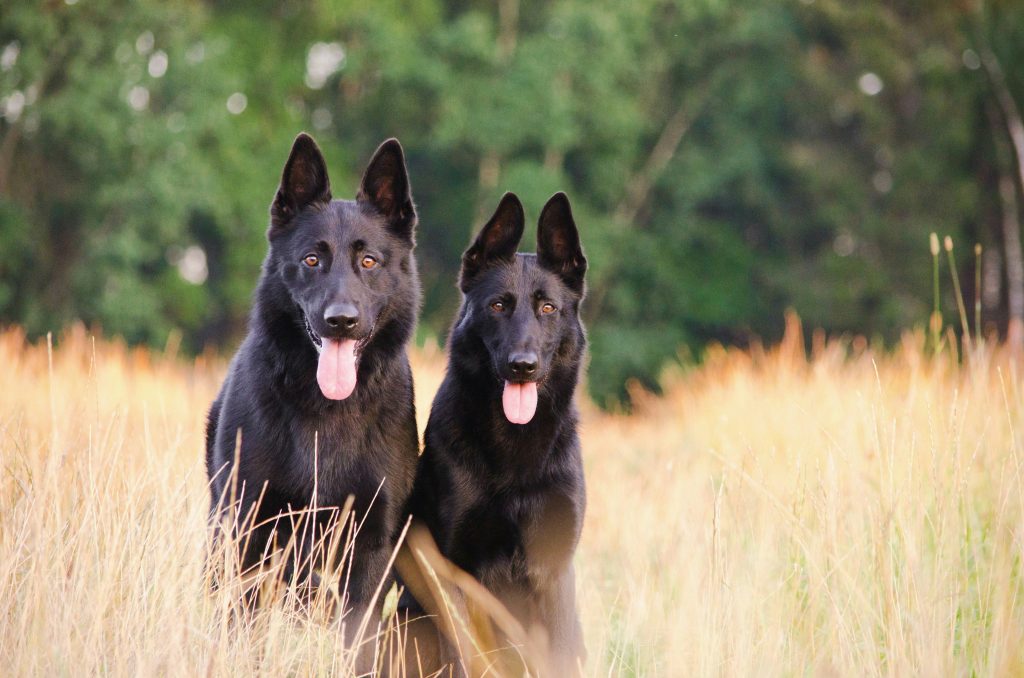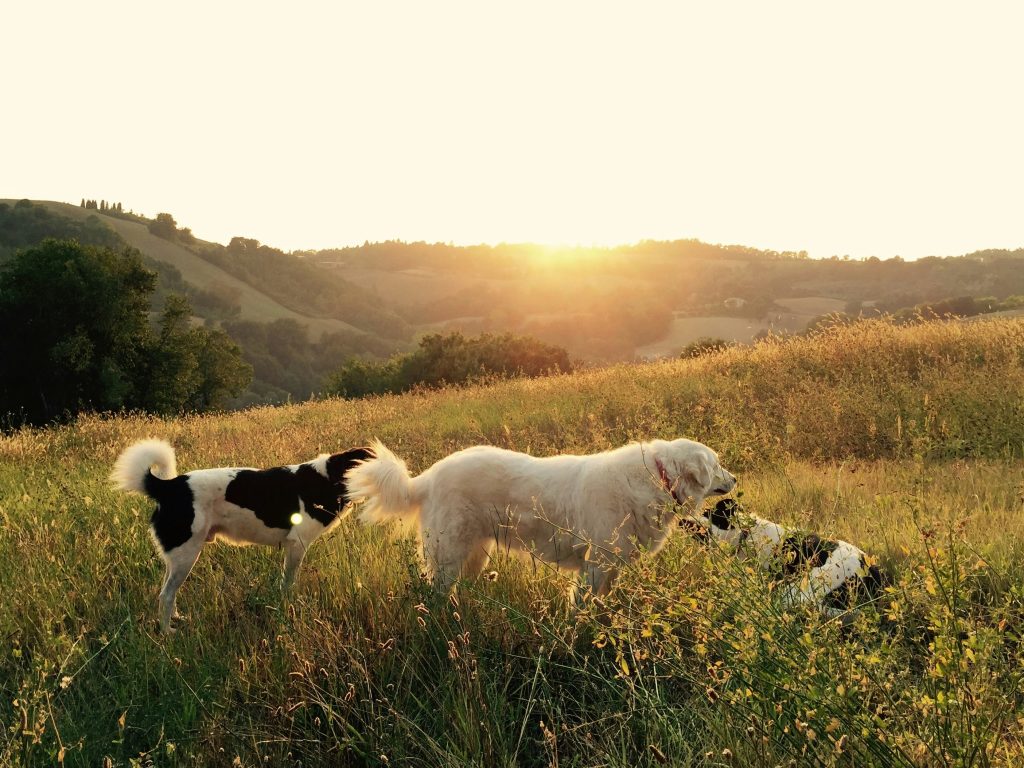Tuning Into Your Dog’s Emotional Needs
When most people think about caring for a dog, they focus on food, exercise, and vet visits. But a truly mindful approach to dog ownership means tuning into your dog’s emotional life—recognizing that dogs experience a range of feelings just like humans do.
From joy and excitement to fear and frustration, your dog is constantly responding to their environment and interactions. As their closest companion, you have the opportunity (and responsibility) to support those emotions with understanding and empathy.
Here’s how to become more aware of your dog’s emotional world—and how to meet those needs with presence and compassion.
1. Acknowledge That Dogs Have Emotions
Science has shown that dogs experience basic emotions such as:
-
Joy
-
Fear
-
Anger
-
Anxiety
-
Excitement
-
Sadness
-
Affection
While dogs may not have the complex self-awareness humans do, their emotional responses are very real. Ignoring or downplaying their feelings can lead to behavioral problems, trust issues, or stress-related health concerns.
Mindful dog ownership starts by validating their emotions as part of their overall well-being.
2. Watch for Emotional Cues in Body Language
Dogs can’t tell you how they feel in words—but their body language speaks volumes.
Key signs to watch:
-
Stress or anxiety: Yawning, lip licking, tucked tail, trembling, avoiding eye contact
-
Excitement: Wagging tail, playful posture, barking, zoomies
-
Fear or uncertainty: Flattened ears, lowered body, hiding, growling
-
Contentment: Relaxed body, soft eyes, slow tail wags, belly up for rubs
Tuning into these cues helps you respond appropriately and build trust.
3. Respond With Empathy, Not Frustration
If your dog is acting out—chewing, barking, hiding, or pacing—it may be an emotional response, not just “bad behavior.”
Ask yourself:
-
Is my dog feeling anxious or overstimulated?
-
Have there been recent changes (schedule, household, routines)?
-
Am I giving them enough attention or engagement?
Responding with empathy helps de-escalate emotions and creates a safer space for your dog to recover and reconnect.
4. Meet Their Emotional Needs Daily
Just like you need a mix of stimulation, rest, connection, and quiet, your dog does too.
Ensure your dog gets:
-
Mental enrichment: Puzzle toys, sniff walks, training games
-
Companionship: Quality time with you, not just being near you
-
Routine and predictability: Helps reduce anxiety and builds security
-
Affection: Physical touch, praise, and verbal encouragement
You don’t need to entertain your dog 24/7—but a consistent emotional rhythm helps them feel more balanced.
5. Recognize When Your Dog Needs Space
Mindful ownership also means knowing when not to engage.
Signs your dog needs space:
-
Avoiding touch or walking away
-
Growling or snapping when approached
-
Choosing to rest in a quiet corner or crate
Respecting their need for downtime prevents overstimulation and teaches your dog that their boundaries matter.
6. Offer Comfort During Difficult Moments
Dogs experience grief, loneliness, and fear. If your dog is dealing with a tough time—such as the loss of a pet friend, a move, or time apart from you—offer emotional comfort.
Ways to support:
-
Keep routines stable
-
Use calming touch and soft voice
-
Stay close without overwhelming them
-
Offer familiar objects (blankets, toys)
Even if they can’t understand the situation, they understand your presence and calm energy.
7. Be Patient With Emotional Growth
Dogs, especially rescues or young puppies, may need time to build emotional resilience. Mindful dog ownership means meeting your dog where they are emotionally, not where you want them to be.
Growth takes time.
-
Celebrate small victories.
-
Avoid punishment for emotional reactions.
-
Use positive reinforcement to encourage confidence.
Patience, consistency, and empathy help your dog feel safe enough to blossom emotionally.
Final Thoughts
Your dog’s emotional needs are just as important as their physical ones. When you tune into their feelings, respond with compassion, and build emotional safety into your routine, you become more than just their caretaker—you become their safe haven.
Mindfulness allows you to see your dog for who they are, not just what they do. And that awareness creates a stronger, more meaningful bond between you.


